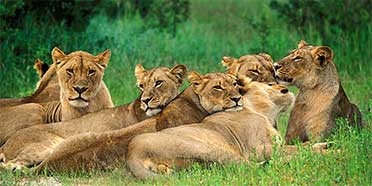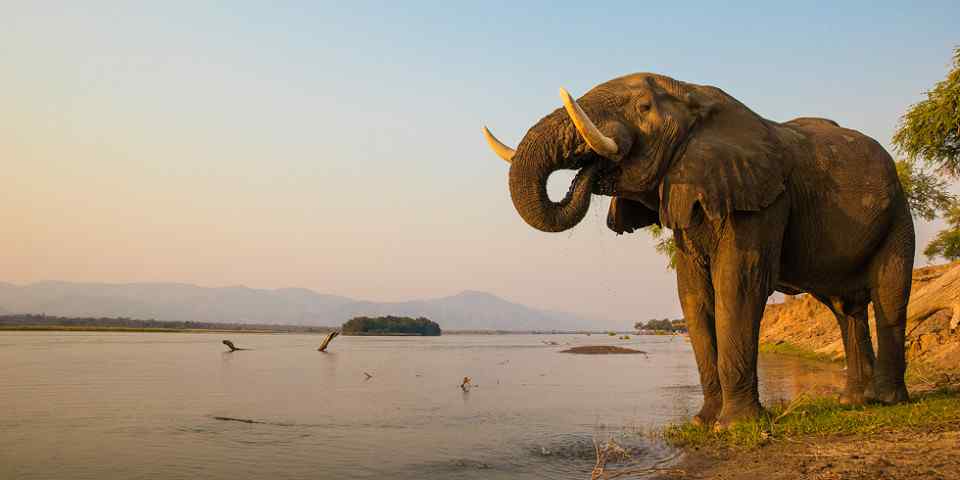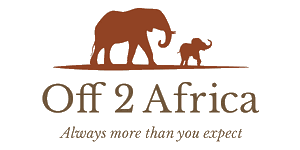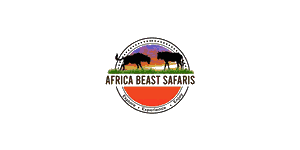
Safari Tours to Hwange NP
-
![13-Day Luxury Zimbabwe Safari]()
13-Day Luxury Zimbabwe Safari
$16,558 to $23,575 pp (USD)
Zimbabwe: Private tourLodge & Tented Camp
You Visit: Victoria Falls Town (Start), Hwange NP, Lake Kariba, Matusadona NP, Mana Pools NP, Victoria Falls (End)

Wayfairer Travel
4.9/5 – 149 Reviews
-
![11-Day Very Best of Zimbabwe Luxury Safari]()
11-Day Very Best of Zimbabwe Luxury Safari
$6,648 to $8,162 pp (USD)
Zimbabwe: Private tourTented Camp & Hotel
You Visit: Victoria Falls (Start), Hwange NP, Lake Kariba, Mana Pools NP, Victoria Falls Airport (End)

Off2Africa Travel
5.0/5 – 95 Reviews
-
![3-Day Hwange National Park and Victoria Falls Combined]()
3-Day Hwange National Park and Victoria Falls Combined
$1,045 pp (USD)
Zimbabwe: Shared tour (max 50 people per vehicle)Lodge & Self Catering Accommodation
You Visit: Victoria Falls (Start), Hwange NP, Victoria Falls Town (End)

Africa Beast Safaris
5.0/5 – 53 Reviews

 Zimbabwe Parks
Zimbabwe Parks








